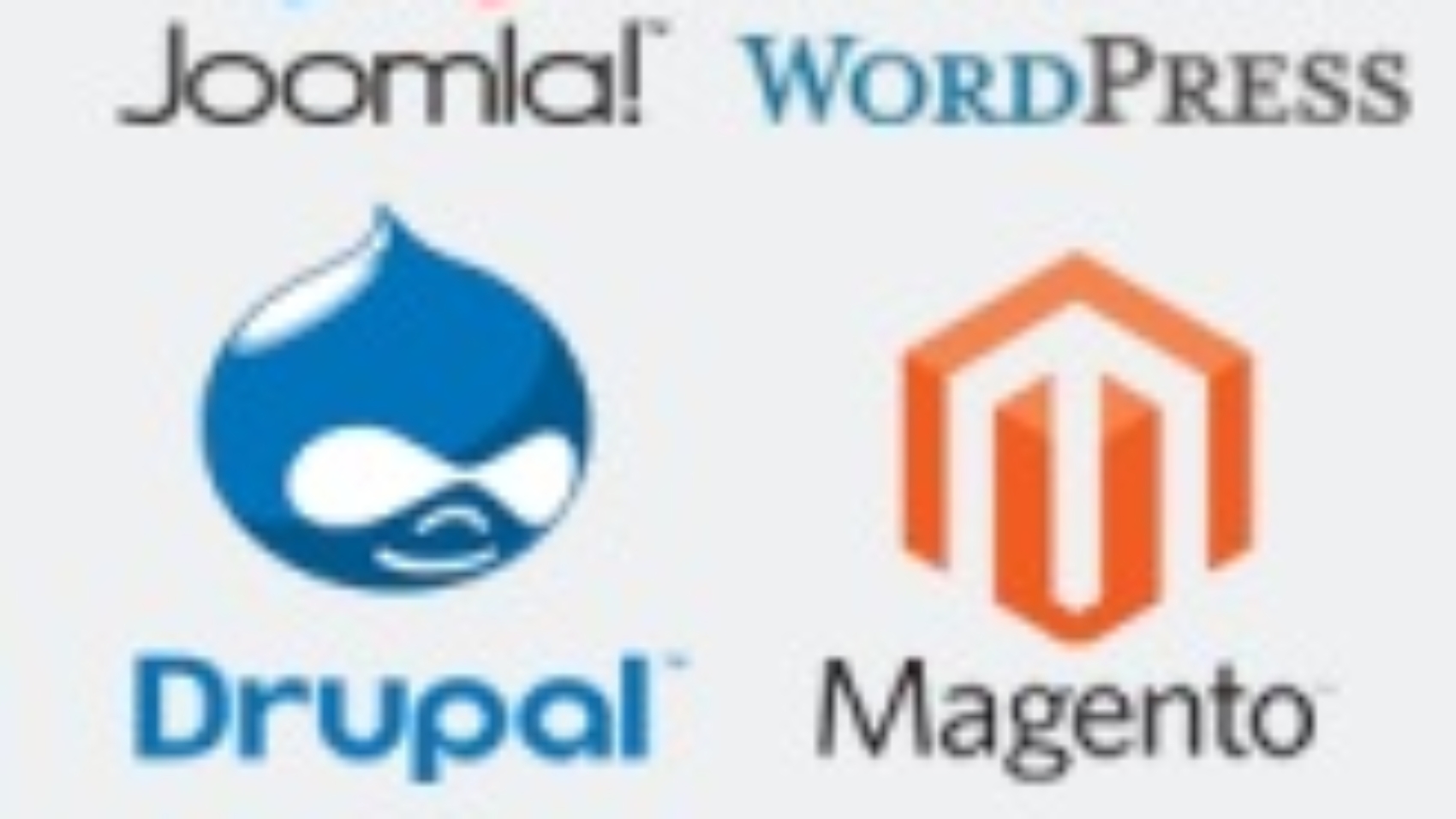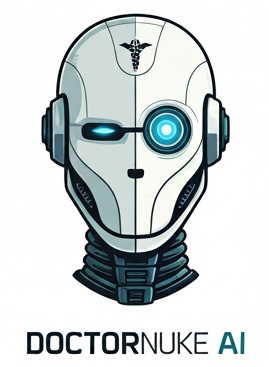List of Popular opensource CMS sort by year or release and category
Early Pioneers (Late 90s – Early 2000s)
- PHP-Nuke (1998): Pioneering CMS, influenced many successors. (General Purpose)
- PostNuke (2003): Fork of PHP-Nuke, improved security and performance. (General Purpose)
- Joomla! (2005): Enterprise-focused, known for its flexibility and component-based architecture. (General Purpose)
- Drupal (2001): Highly flexible and powerful, often used for complex websites and intranets. (General Purpose)
The Rise of WordPress (Mid 2000s – Present)
- WordPress (2003): Initially a blogging platform, evolved into the most popular CMS, known for its ease of use and vast ecosystem. (General Purpose, Blogging)
- Typo3 (1998): Enterprise-level CMS with strong theming and multilingual capabilities. (General Purpose)
Modern and Specialized CMS (2000s – Present)
- Magento (2008): E-commerce focused, highly customizable platform with a strong developer community. (E-commerce)
- PrestaShop (2007): Another popular e-commerce platform, known for its user-friendliness and ease of setup. (E-commerce)
- OctoberCMS (2014): Built on Laravel, known for its speed, flexibility, and focus on developer experience. (General Purpose)
- Grav (2014): Flat-file CMS, known for its speed and simplicity. (General Purpose, Headless)
- Ghost (2013): Minimalist blogging platform with a focus on writing and publishing. (Blogging)
- Strapi (2015): Headless CMS, designed for developers, offering a flexible API for content delivery. (Headless)
- Directus (2014): Data platform that can be used as a headless CMS, known for its ability to connect to various data sources. (Headless)


